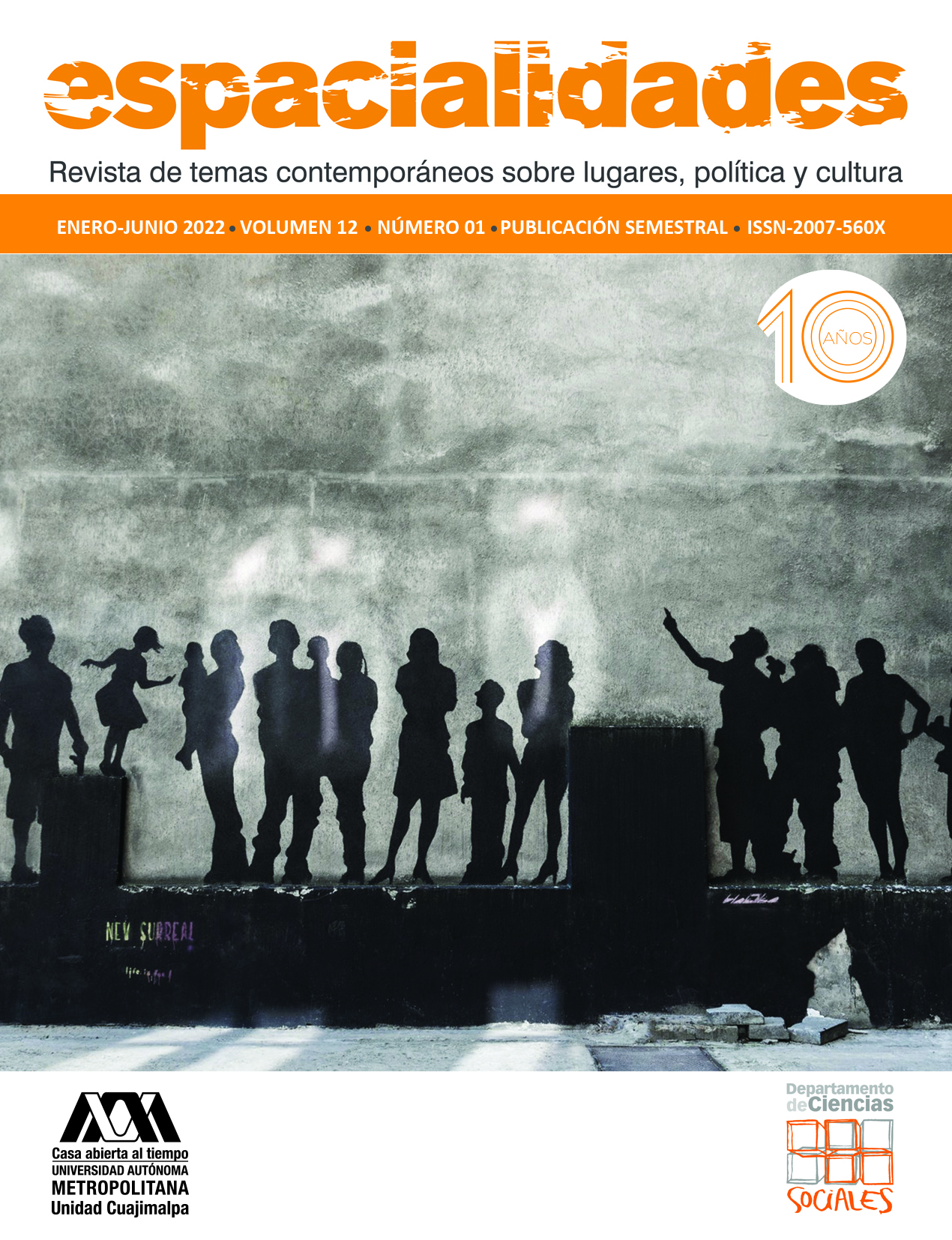Multiscale and multidimensional analysis of residential segregation in Mexico City
Main Article Content
Abstract
Recent studies have indicated that the geographic scale of residential segregation in Latin American cities is changing, and
that a new social cartography is emerging; yet these studies have faced methodological criticism. On the one hand, some
indices lack spatiality (such as the grid problem and the chessboard problem); on the other hand, it has been noticed that
these studies subsume opposite dimensions of segregation dissimilarity (concentration) and isolation (homogeneity).
This study has the objective of carrying out a multi-scale and multidimensional analysis to determine if there
is a reduction in residential segregation or if, on the contrary (as some authors suggest) it is only a measurement error.
To methodologically solve these problems, two strategies were tested. The two objective dimensions of residential segregation were measured: concentration and isolation; and the census data were processed through the largest number
of disaggregations available. The methodological correction called the "diagonal curve" used to determine the scale of the
segregation was also applied.
The study shows that there is indeed a change in residential segregation; but that it has not been large enough to
change the form and general characteristics of residential segregation. Although it is not possible to speak of a new social
geography, it could indicate its beginning.
Methodologically, the indices criticized by some authors turned out to be adequate, since they do not necessarily
change when the measurement area is modified (grid problem), thus the value responds to the preferences and possibilities
of the social groups. Also, the study shows that the dissimilarity and isolation dimensions cannot be subsumed since each
one presents its own dynamics. For example, the lower middle social groups increase their spatial concentration; however
it does not increase its isolation. Thus, in methodological terms, the scale and dimension of optimal residential segregation
must start from a balance between the validity of how it is measured and the meaning of what is measured.

